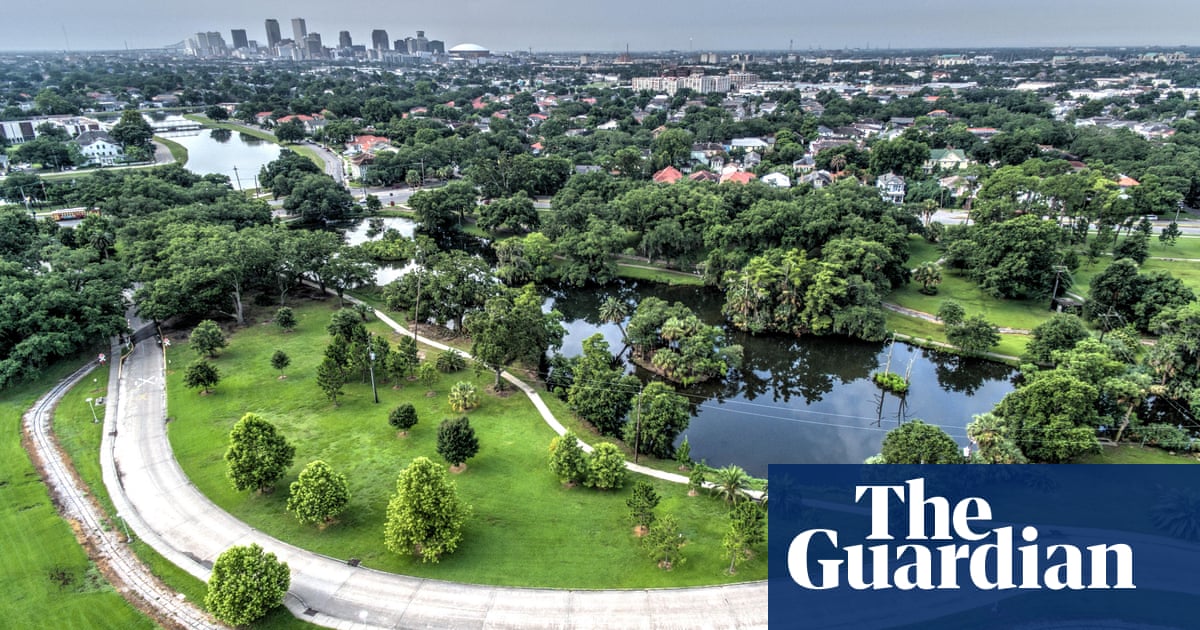According to research, individuals who reside in more verdant environments experience a slower aging process.

Numerous research has demonstrated that individuals residing in more green communities experience various advantages for their health, such as decreased stress levels and lower risk of cardiovascular disease. However, recent studies suggest that being exposed to parks, trees, and other green areas can also decelerate the aging process of our cells.
A recent report in the Science of the Total Environment revealed that individuals residing in areas with higher amounts of greenery had longer telomeres, a factor linked to longer lifespans and slower aging.
Telomeres are structures that sit on the ends of each cell’s 46 chromosomes, like the plastic caps on shoelaces, and keep DNA from unraveling. The longer a cell’s telomeres, the more times it can replicate. When telomeres become so short that cells can’t divide, the cells die.
According to Aaron Hipp, a professor at North Carolina State, research indicates that factors such as our environment, exposure, level of physical activity, and diet can affect the rate at which our telomeres degrade and contribute to the ageing process. A longer telomere is typically associated with a younger or more beneficial telomere that helps protect cells from ageing.
Having ample green space in a neighborhood can encourage physical activity and foster community engagement, both of which are linked to improved health outcomes. Additionally, neighborhoods with abundant trees and greenery tend to be cooler, more resilient against flooding, and have reduced levels of air pollution.
According to Hipp, individuals living in green neighborhoods that were also affected by pollution and segregation did not have longer telomeres compared to similar communities with less greenery. He emphasizes that green space is still significant, but it highlights the importance of creating an equal playing field for all individuals to have the opportunity to access and enjoy green spaces.
Hipp and his team examined the medical records and survey responses of over 7,800 individuals who took part in a national survey by the Centers for Disease Control and Prevention between 1999 and 2002. They combined this data with census data to approximate the amount of green space in each person’s neighborhood. Their findings revealed that a 5% increase in green space was linked to a 1% decrease in cell ageing. Hipp stated, “The greater the amount of green space, the slower the ageing of cells.”
According to Scott Ogletree, a professor at the University of Edinburgh and lead author of the report, living in low-income or segregated areas diminishes the potential impact of green spaces on telomere length. This raises further inquiries into the connection between human health and the surrounding environment. Ogletree suggests that pollution and segregation in the neighborhood may outweigh any potential benefits of green spaces on this specific aspect of people’s health.
Bypass the advertisement for the newsletter.
after newsletter promotion
According to Hipp, the study only considered the location of participants during their physical examinations. He mentioned that there are various factors that may influence the relationship with green spaces, and these may vary depending on age. Being exposed to green spaces during childhood could have a distinct effect on development compared to being exposed during middle age.
Peter James, an environmental epidemiologist from Harvard who was not part of the research, stated that the study’s approach of examining telomeres instead of other health indicators was innovative. James also mentioned that previous studies have shown a correlation between green spaces and improved health outcomes. Additionally, he noted that the use of telomere length as a biomarker for aging is a distinct aspect of this study.
Source: theguardian.com

